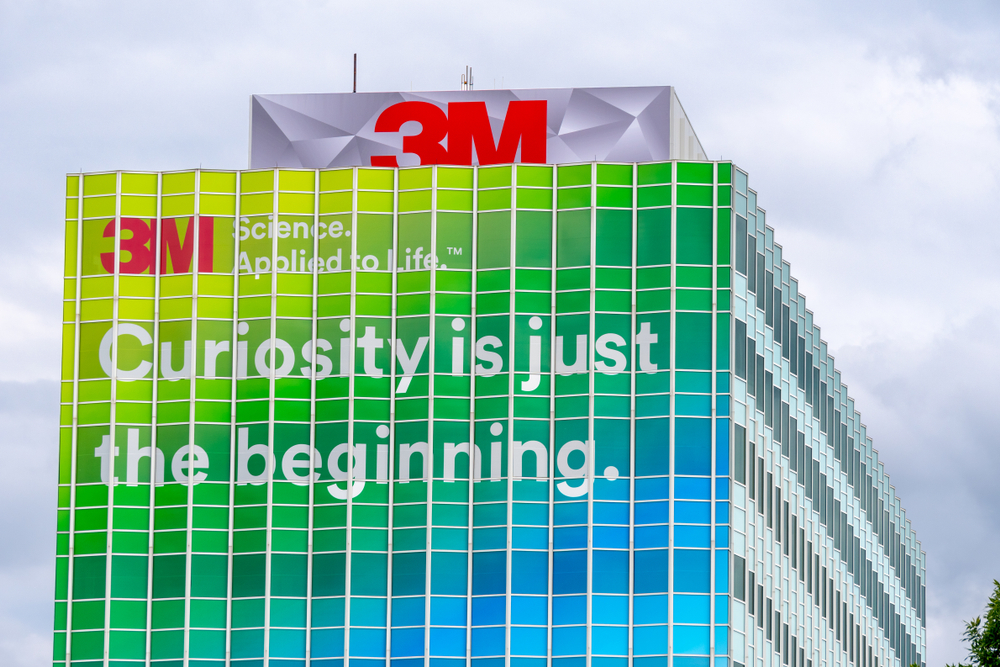14-YEAR-OLD WINS ‘US TOP YOUNG SCIENTIST’ FOR INVENTING PESTICIDE DETECTOR FOR FRUITS & VEGETABLES
Last updated on
In a groundbreaking achievement, 14-year-old Sirish Subash from Snellville, Georgia, has revolutionized food safety with his innovative invention. Subash won America’s Top Young Scientist competition and secured a $25,000 prize for creating a device that could transform how millions of people ensure their produce is safe to eat. His winning invention, PestiSCAND, is a handheld pesticide detector that connects to smartphones and identifies harmful chemical residues on fruits and vegetables. During extensive testing, Subash’s device used advanced spectrophotometry and artificial intelligence to achieve an impressive 93% accuracy rate in detecting various pesticides. Most remarkably, Subash developed PestiSCAND with a clear vision: making food safety accessible to everyone. Setting a target price of just $20 per unit, he aims to put reliable pesticide detection within reach of average consumers, potentially preventing numerous health issues linked to pesticide consumption.Background and Inspiration
Development of PestiSCAND
After rigorous development for over 11 months, Subash engineered PestiSCAND to use spectrophotometry, which analyzes light waves reflected from produce to identify chemical residues. By integrating artificial intelligence into his device, he created a system capable of detecting pesticides with 93% accuracy. Testing involved four batches of typical produce: apples, spinach, strawberries, and tomatoes. Subash conducted thorough experiments by spraying three groups with pesticides – azoxystrobin, imidacloprid, and cypermethrin – while keeping one group pesticide-free as a control. Each piece underwent multiple scans across different locations, generating over 800 test samples. Modern technology allows PestiSCAND to connect wirelessly via Bluetooth to smartphones, making it portable and user-friendly. Once connected, users simply point their device at produce and tap a scan button. When pesticides appear, PestiSCAND notifies users to rinse their produce again, as multiple washes may be needed to reduce chemical residues significantly. Under guidance from a 3M mentor, Subash refined his prototype to ensure effectiveness and practicality. “My project is called PestiSCAND. What it is, is the device that allows everybody to check for pesticide residues on their produce at home,” Subash told USA TODAY. By targeting a $20 price point, he aims to make food safety accessible to average consumers.The Competition Experience

Impacts and Future Plans
Broader Implications and Industry Feedback
PestiSCAND offers an efficient way to detect pesticide residues, which experts in food safety and technology say could revolutionize the food industry and personal health. According to Gilles Benoit, a 3 M Young Scientist Challenge judge, the device has the potential to shift consumer habits and industry standards significantly. Sirish Subash’s invention addresses a critical need and brings advanced technology into everyday use. Food industry professionals see PestiSCAND as a catalyst for increased production and supply chain transparency. Empowering consumers to test their food easily enables them to make informed decisions about their eating. This capability could pressure producers to adopt cleaner farming practices, as public demand for pesticide-free produce will likely rise. Health experts underscore the device’s role in reducing exposure to harmful chemicals. Alexis Temkin, a toxicologist with the Environmental Working Group, highlighted in discussions that minimizing pesticide intake could significantly lower risks associated with chronic diseases and developmental issues. With diseases like cancer and Alzheimer’s linked to pesticide exposure, tools like PestiSCAND could play a crucial role in enhancing public health outcomes.The Impact of Young Minds on Science and Health
Sirish Subash’s creation of PestiSCAND marks a significant milestone in the ongoing pursuit of healthier living through scientific innovation. His achievement illustrates the profound impact that insightful, driven young minds can have on our everyday lives by addressing critical health and safety concerns. Young innovators like Sirish are not just participants in science and technology but are actively shaping the field’s future. Their fresh perspectives and bold approaches are essential for tackling today’s challenges and opening new avenues for advancement. Supporting these young scientists is crucial. Encouragement can come in many forms: attending science fairs, sponsoring STEM programs in local schools, or simply sharing their stories and successes. Each action helps foster an environment where curiosity and passion for science are nurtured. As a community, promoting STEM education among youth supports individual dreams and propels society towards more incredible innovation and understanding.Some of the links I post on this site are affiliate links. If you go through them to make a purchase, I will earn a small commission (at no additional cost to you). However, note that I’m recommending these products because of their quality and that I have good experience using them, not because of the commission to be made.

































 JOIN OVER
JOIN OVER
Comments